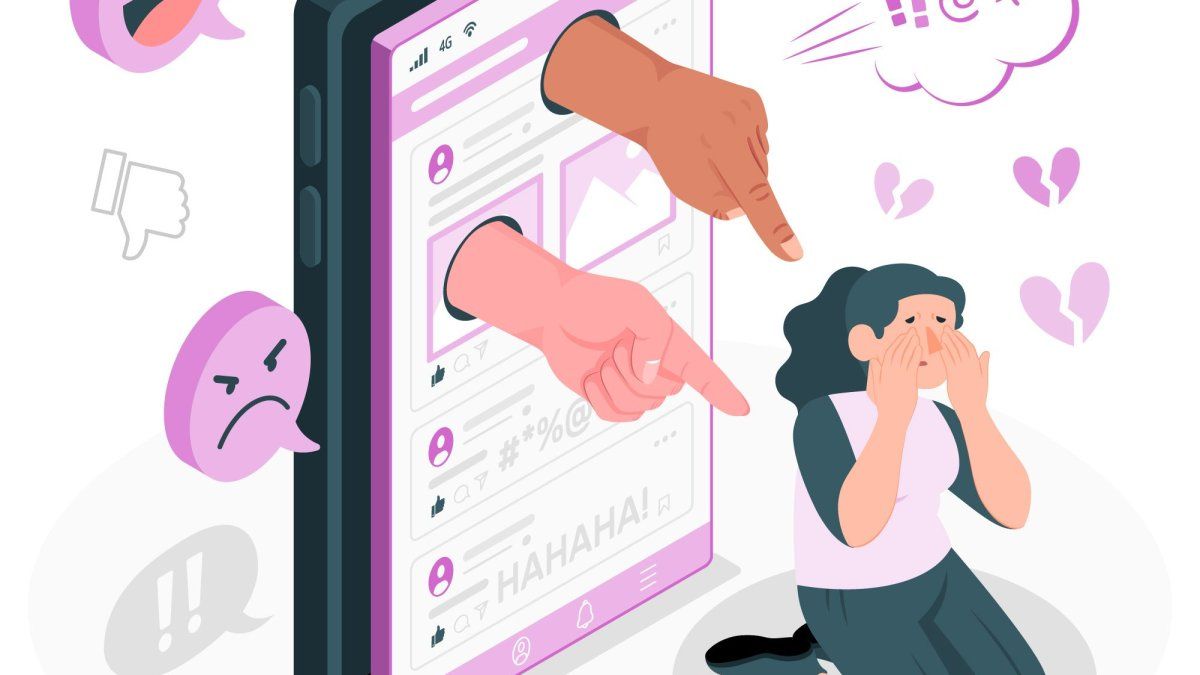It is nothing new central place that technology has taken in our livesBut although we can see this process for several decades, in the last 10 or 15 years We are witnessing a deepening: the “smart” phones Together with the proliferation of social networks, they generated a state of permanent connectionin which new ways of relating emerge. At Grow- gender and work we understand that this process also impacts the world of work, among other things, enabling new forms of violence.
The content you want to access is exclusive for subscribers.
Digitalization in the world of work
If there were already transformations underway, starting in 2020, with the Covid-19 pandemicthere was no doubt. The vast majority of jobs began to be performed from home, and the return to work old normal It was never like that in the world of work: remote or hybrid mode, coworking spacesis what predominates today. It is in this context that we must contemplate the new forms that violence can take. Technological devices, the ways we connect, the dynamics of virtual logic can give rise to forms of digital violence which must be addressed in its specificity.


What is digital violence?
Digital violence is that which is exercised through the ICTs (information and communication technologies): WhatsApp messages, emails, social networksamong various applications. And how does it differ from other forms of violence? Some particular characteristics of these tools can enhance their effects: the ability to play messages immediately, to many people and without geographical limits; the permanence over time (anyone who receives a message, a file, a photo can download it); or even the possibilities offered by the anonymity in certain cases. This makes digital violence have impacts with particular characteristicsand therefore must be addressed taking into account these characteristics.
According to Blue Picon, Coordinator of the area of prevention and addressing violence at Grow- gender and work, “In the training, awareness-raising and support workshops we carry out, it is common for people present to talk about situations that involve this type of violence. This led us to continue training on the subject and to think of training and support services exclusively for digital violence.”.
Some data
Our work in organizations tells us that cases of digital violence are increasingly common, and particularly affect people from the LGBTIQ+ community. According to a study carried out in 2020 together with Bumeran, ELA and Nodos, 1 in 10 gays, lesbians or bisexualsand the 14% of trans or non-binary people had suffered Abuse through ICTs.
This is why since Grow-gender and work We support organizations in these issues, based on diagnoses, training workshops and in the approach to specific situationsKnowing how different types of violence are experienced is essential to effectively work on its prevention.
Source: Ambito
David William is a talented author who has made a name for himself in the world of writing. He is a professional author who writes on a wide range of topics, from general interest to opinion news. David is currently working as a writer at 24 hours worlds where he brings his unique perspective and in-depth research to his articles, making them both informative and engaging.




